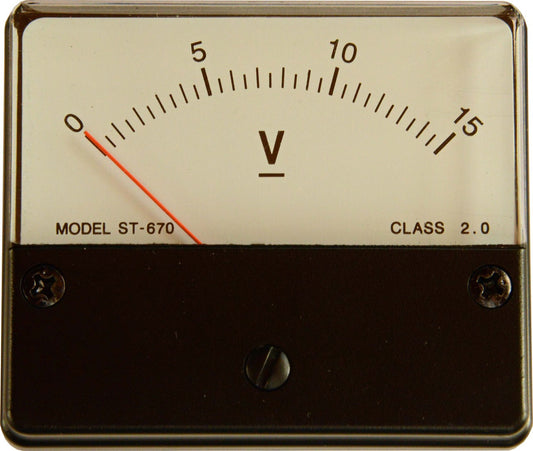Tailoring the sound
by Paul McGowan
Stereophile reviewer Michael Fremer has an extraordinary music system—the best vinyl setup I've ever heard. And it makes sense that he does. Mike's spent a lifetime learning about vinyl audio reproduction and hand selected the best equipment in the world.
His digital setup played through that same system doesn't quite match my own. That also makes sense.
We tune our systems to match our primary source equipment—vinyl in Fremer's case, digital in my own.
Imagine for a moment you're setting up a new system and making the primary choices we all angst over: where to place our limited funds, how to position our speakers, what cables to buy, what kind of amplifier to match our loudspeakers. And next, think about the choices you've already made and why. I'll bet those decisions were based on matching expectations within the limitations of the source type.
Perhaps that primary source is vinyl. You'd likely choose loudspeakers with easy to achieve dynamics—like horns or ultra-sensitive cone speakers like Wilsons. Why? Because part of the optimization challenge with vinyl involves wringing every last drop of dynamics from its relatively limited source. Or, take digital with its tendency to be uber-detailed (bordering on cold or harsh). Would you choose a warm-leaning amp or another that might accentuate digital's leanings?
The thing is, we tune and tailor our setups to match the limitations of our primary sources. This can lead to over-reaching proclamations that one medium is better than another when the truth is not that at all.
If you'd like a more personalized discussion on the subject, give a watch to my video on the subject.
- Choosing a selection results in a full page refresh.
- Opens in a new window.








